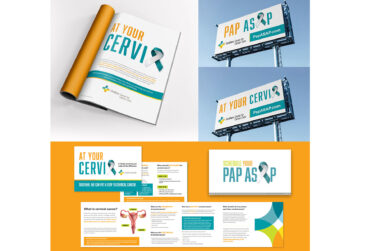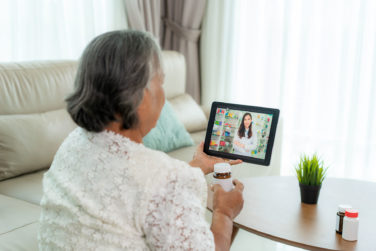While all patient communities and advocacy groups offer patients, their families, and their caregivers support, advice, and information, rare disease patient groups can be especially tight-knit. With such limited information out there for some rare diseases, these groups are often the only resource for people looking for answers. Furthermore, these patients are typically the ones raising money for research into potential treatments and cures, as well as banding together to try to change government policy and legislation to impact the development of and access to treatments.
The National Organization for Rare Disorders (NORD) alone works with a network of around 340 patient advocacy organizations that collectively serve more than a half a million rare disease patients, and there are more rare disease patient groups out there beyond that. So, what are the keys to working with these groups? And what do these groups in particular want from potential partnerships with life sciences companies? To find out, PM360 asked experts within patient groups, pharma companies, and other industry partners:
- What are the keys to building trusting and mutually beneficial partnerships? What are some considerations or challenges that companies should not ignore when working with patients/groups? What should companies know about working with rare disease patients that you find they don’t often know or consider?
- Given rare diseases impact smaller patient populations, what are the most important insights companies need to get directly working with patients or advocacy groups that they can’t uncover elsewhere? What parts of the process do you find companies most need patient input or help around?
- What types of support, programs, information, etc. do rare disease patients and advocacy groups most value or need from pharma? What role do the patients/groups themselves play in helping the formation or shaping of these programs? How can companies do a better job of ensuring a patient community’s feedback is included?
- In your work with rare disease patients or pharma companies, what is one thing you learned that most surprised you or had the biggest influence on your work with them down the line?
- As a patient group, what are examples of positive or negative experiences you have had working with pharma companies? What would you like other companies to take from these experiences and apply to any future potential partnerships?
The opinions expressed by the authors in the Think Tank section are their own and do not necessarily reflect those of their affiliated companies or organizations.
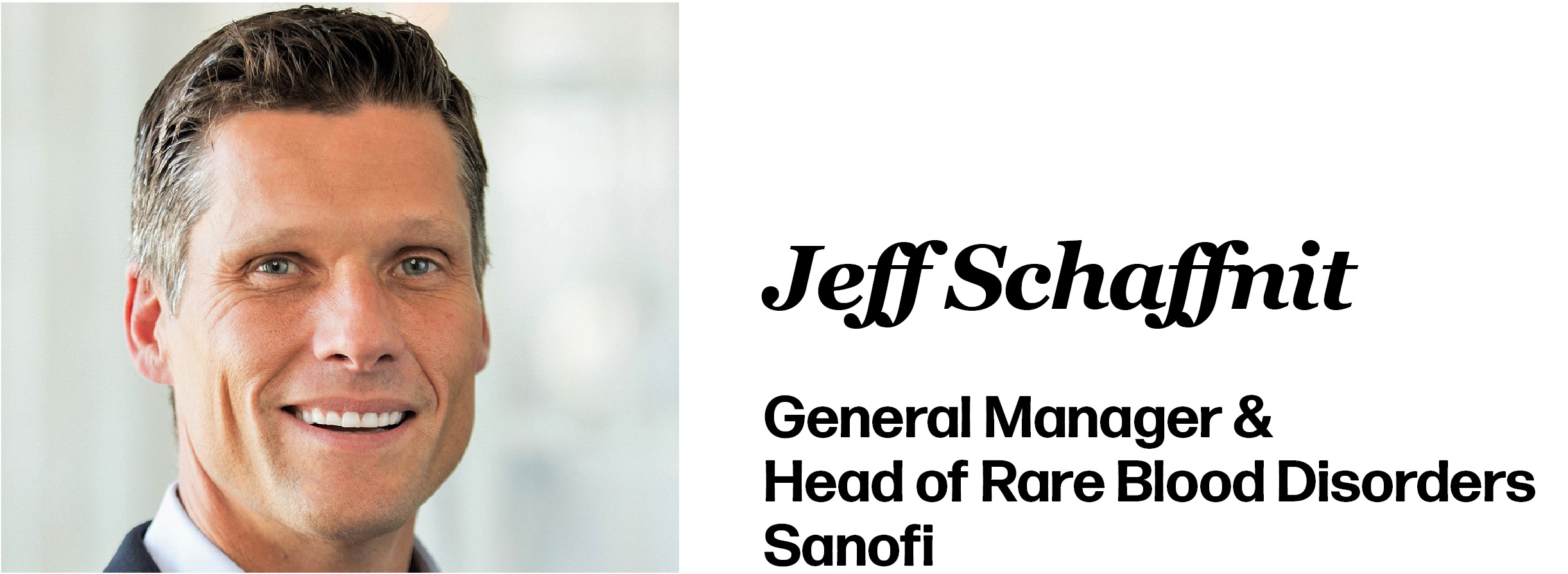 Building trusted partnerships with rare disease communities and advocacy groups is based on the understanding that people living with rare diseases are not one homogenous group. Their experiences and needs vary greatly from person to person, and we must be attuned to those nuances to be valuable partners.
Building trusted partnerships with rare disease communities and advocacy groups is based on the understanding that people living with rare diseases are not one homogenous group. Their experiences and needs vary greatly from person to person, and we must be attuned to those nuances to be valuable partners.
Based on my personal and professional connection to the hemophilia community for the past two decades, I’m struck by how the unmet needs of people living with rare blood disorders vary depending on many factors we must take into consideration, from where they live to how far science has advanced in treating their specific condition.
The majority of hemophilia cases are hereditary, so many people are born into the community and diagnosed quickly. They know the disease state, they know the treatments, and they know it’s a condition they’ll manage for the rest of their lives and potentially pass down to their children. In working with groups such as the Hemophilia Federation of America, National Hemophilia Foundation, The Coalition for Hemophilia B, and World Federation of Hemophilia, we partner to alleviate knowledge gaps, improve treatment outcomes, and improve the quality of life for patients and their families.
Looking at a lesser-known disease like cold agglutinin disease (CAD) or immune thrombocytopenia (ITP), many people are undiagnosed, and they suffer for years from symptoms and the anxiety of the unknown. We partnered with a grassroots group called CADdy Chatter to help organize the CAD Foundation, and they now support patients and caregivers across the nation.
People living with rare diseases are looking for effective treatment, but they also need community support and help navigating insurance, understanding their disease better, and staying on treatment. A commitment to help meet these diverse needs is the key to building mutually beneficial and long-lasting relationships.
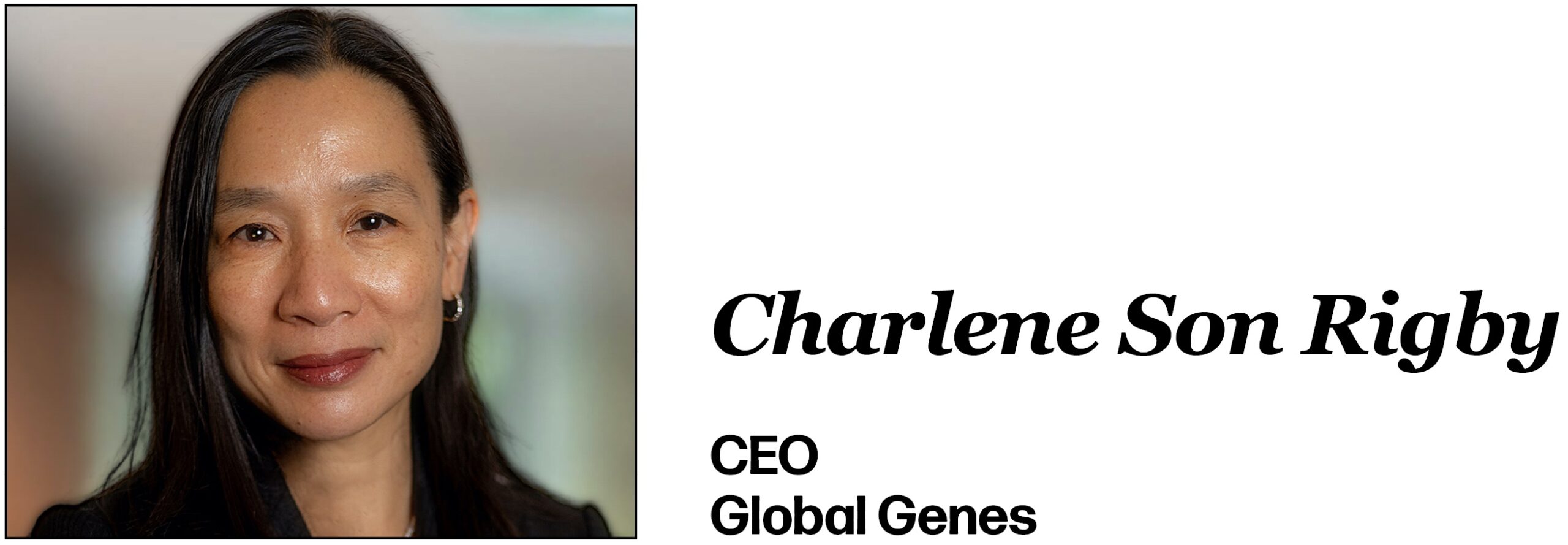 To make real progress in rare disease, we must work together—patients and caregivers, advocacy groups, government, researchers, and industry. The patient voice cannot be overlooked or engaged transactionally. You can earn the trust of the community by investing in your patient advocacy programs, recognizing your responsibility to support communities beyond a therapy, while considering equity and access (including factors that may affect ability to get to treatment such as transportation, school, job, or childcare). Patient support isn’t just treatment, and successful organizations really understand this.
To make real progress in rare disease, we must work together—patients and caregivers, advocacy groups, government, researchers, and industry. The patient voice cannot be overlooked or engaged transactionally. You can earn the trust of the community by investing in your patient advocacy programs, recognizing your responsibility to support communities beyond a therapy, while considering equity and access (including factors that may affect ability to get to treatment such as transportation, school, job, or childcare). Patient support isn’t just treatment, and successful organizations really understand this.
Patients should be brought into the drug development process as early as possible. Patient-centricity is about patient advocates being at the table as partners, not just “a voice,” and being official stakeholders for the success of drug research. This may be scary to some in biopharma, but partnering closely with patients increases the likelihood for success. A role within pharma such as a Chief Patient Officer can focus on the patient perspective and how patient advocates are supporting the community.
What Patients at the Center Really Means
Pharma organizations that make advocacy and patient support an absolute priority—just like clinical research—stand out in the industry. They are unwavering in patient support, whether providing access programs or expanded patient navigation services. The support of advocacy organizations, and going beyond the pill, epitomize what pharma organizations should be doing to experience true success.
In short, engagement with patient communities has evolved, and opportunities for these critical collaborations to flourish and create shared benefits have never been greater. Pharma is no longer the center of the drug development universe—they are now part of a vital ecosystem that includes shared responsibilities with all stakeholders and patients at the center.
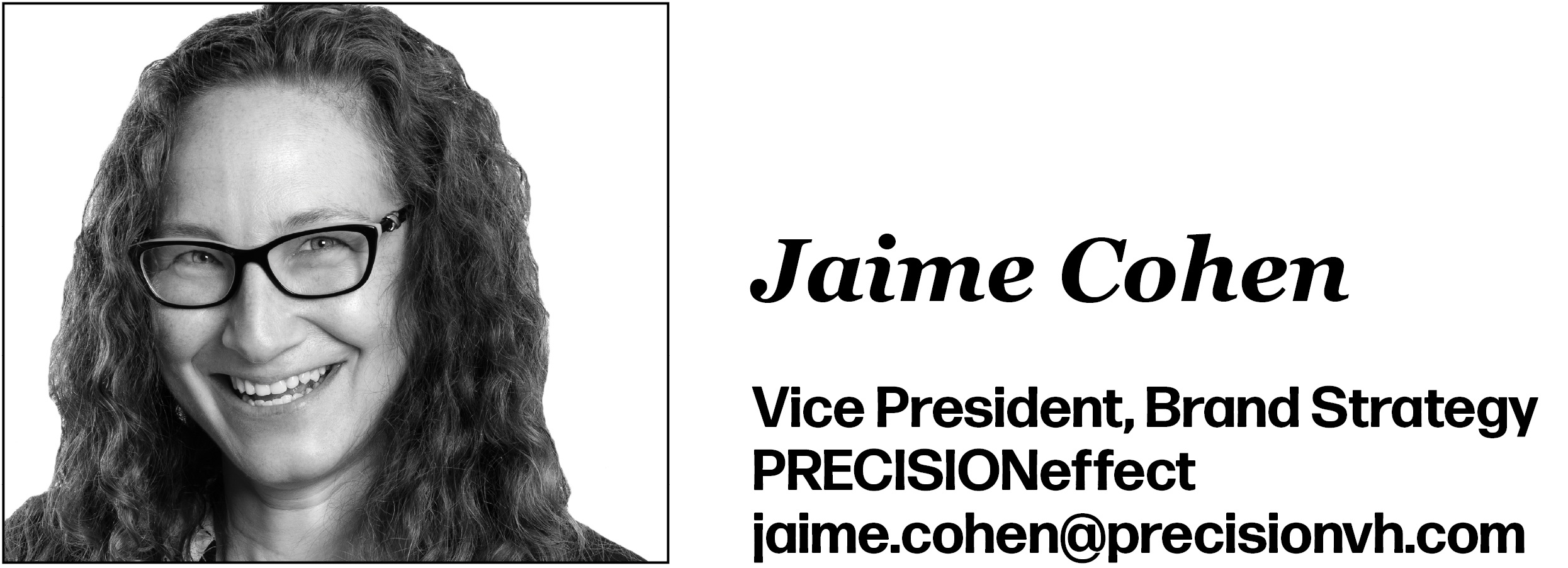 Each rare disease has its own level of advocacy support, which can vary widely. Familiarizing with this landscape can steer you towards asking the right questions and discovering what the groups and their constituents will value the most.
Each rare disease has its own level of advocacy support, which can vary widely. Familiarizing with this landscape can steer you towards asking the right questions and discovering what the groups and their constituents will value the most.
Advocacy mature groups have been around for years, providing education, support, and resources, nationally and locally. There may be multiple groups with divergent objectives and split communities (watch out!). They have strong connections with the community and well-established agendas. Your (often challenging) work is to find where your objectives align with theirs and how to meaningfully contribute (beyond sponsorship). Content co-creation and research are often a successful go-to here.
Advocacy nascent are newer but functioning within a framework. They are likely willing to collaborate in defining projects to work on together, keenly aware of their unmet needs and short on resources. Beyond direct work, being a sounding board or helping to prioritize goes a long way in relationship building.
Patients and families who are affected by a rare disease desire connection and information. This is how the unstructured groups begin. Soon there’s a semi-official leader and efforts often organically shift from emotional support to raising awareness and taking action. Your work could support this transition, providing workshop sessions to uncover shared experiences and unique unmet needs.
Advocacy subgroups occur when a rare condition is included in an advocacy group because it shares similarities with the other conditions in that group, but does not have its own representation. Helping a subgroup find a more fitting home can be a more intensive objective, but helping them raise awareness about their specific needs is critical.
 As the drug development landscape is aiming to be more patient-centric, companies are taking steps to include their most valuable asset: the patient and caregivers. But if drug companies want to have a high success rate when engaging with the patient community, they should plan, form, and develop strategies for three key considerations.
As the drug development landscape is aiming to be more patient-centric, companies are taking steps to include their most valuable asset: the patient and caregivers. But if drug companies want to have a high success rate when engaging with the patient community, they should plan, form, and develop strategies for three key considerations.
1. Patients want transparency and honesty from pharmaceutical companies. They expect companies to be forthcoming with information about their products, including potential risks and benefits, and to communicate clearly and understandably. Patients also want to know the needs and perspectives considered during drug development.
2. Patients want to be treated as partners rather than just study subjects. They want to be involved in the decision-making process and have their voices heard in developing new treatments. Patients often have unique insights into the challenges and needs of their disease, and their input can be invaluable in developing effective therapies.
3. Patients want to know their privacy and personal information will be respected and protected. It is particularly essential in rare diseases, where patients may feel vulnerable and isolated. Pharma should have robust privacy policies and prioritize patient confidentiality and data security.
In summary, companies should know that rare disease patients often have a strong sense of community and are well-connected with other patients and advocacy groups. Companies should work with these groups to ensure they’re reaching patients effectively and considering their unique challenges and perspectives, be aware that patients with rare diseases often face significant financial and logistical difficulties in accessing healthcare and treatment, and work to address these barriers wherever possible. Creating frameworks around these considerations will result in positive outcomes for all.
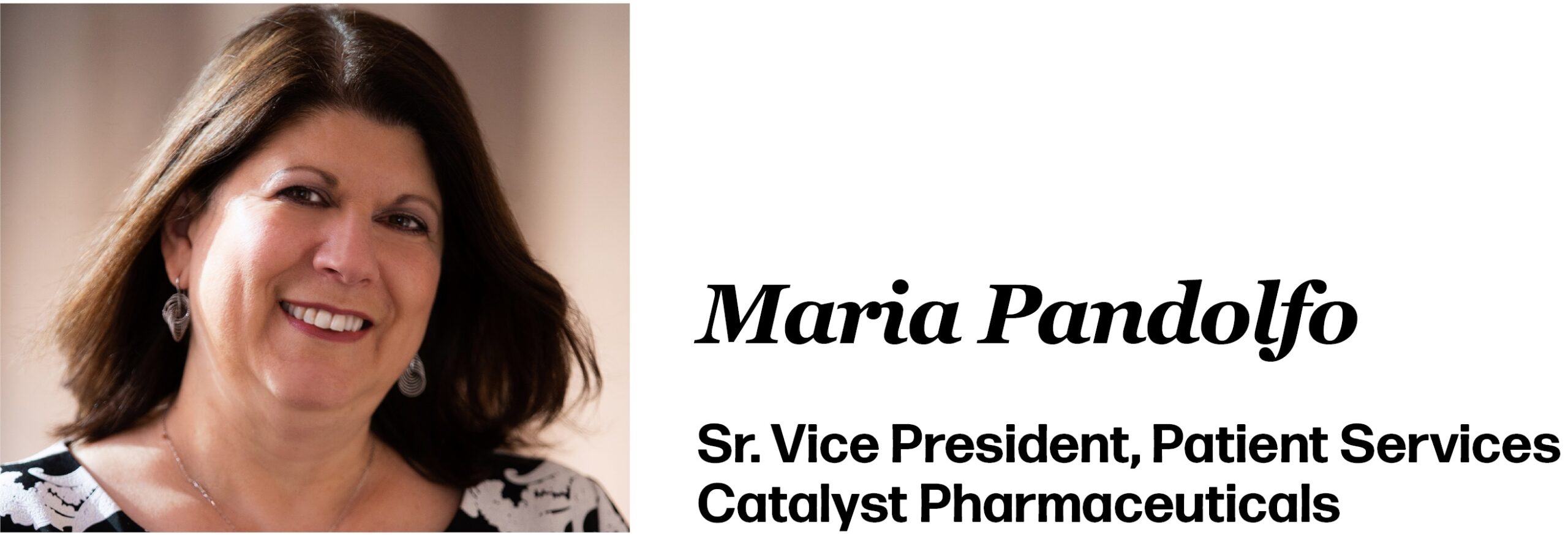 I’ve spent almost 12 years working with rare disease communities and the patients themselves. The most prevalent common thread among these groups (once a treatment has been identified) is the feeling of isolation. To counteract that, bringing patients together to share their stories and their patient journey is one of the most important things we can facilitate.
I’ve spent almost 12 years working with rare disease communities and the patients themselves. The most prevalent common thread among these groups (once a treatment has been identified) is the feeling of isolation. To counteract that, bringing patients together to share their stories and their patient journey is one of the most important things we can facilitate.
Once the community has been established, it is incumbent upon us to ask the patients what resources and or educational programs they need. You can gain input from doing advisory boards or focus groups on subject matter. I take the input of our patient communities and develop programs or resources to address their concerns and needs while keeping a pulse on the compliance guidelines inherent in our business.
Content that is developed with patient input has the most relevance for the patient community you’re serving. Rare disease communities typically have interest in similar topics: how to stay active, resources available in the community, staying in their home safely, or navigating disability requirements. The patient community and their input determine what content to move forward with in the materials you plan to supply to them.
My Biggest Influence
The one thing that has influenced my passion for the rare disease community is the resilience they have in their quest for a diagnosis and treatment. To that end, I feel a responsibility to make sure they have access to the treatments available, have a way to afford that treatment, and have a community to surround them and support them during their patient journey.
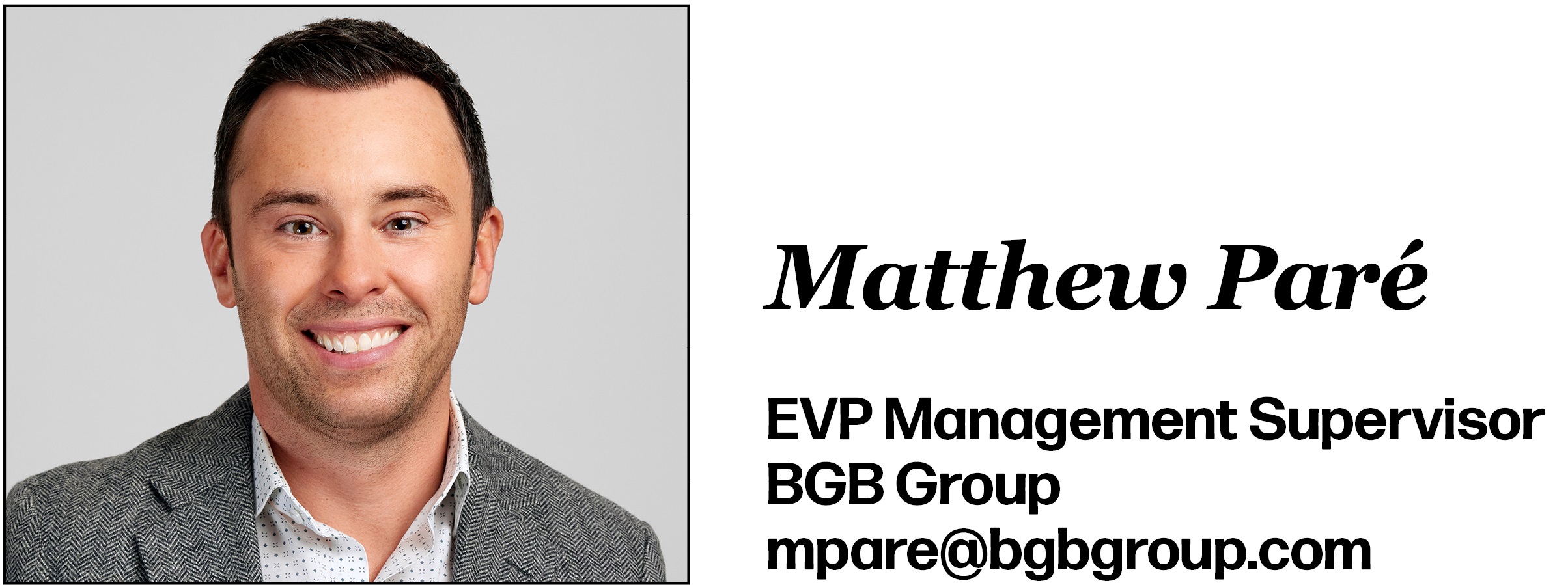 To make the most impact in the rare disease community you must authentically connect with patients and their support team. Immersing yourself with patient advocacy groups is a good place to start. Online communities are often developed to foster connections between rare disease patients and their support team. The path to diagnosis of a rare disease is often complicated, lengthy, and very isolating. These online communities and advocacy groups provide varying levels of support; from path to diagnosis conversations, HCP identification, quality of life support tips, clinical trial intelligence, fundraising opportunities, and connections beyond what they could find on their own.
To make the most impact in the rare disease community you must authentically connect with patients and their support team. Immersing yourself with patient advocacy groups is a good place to start. Online communities are often developed to foster connections between rare disease patients and their support team. The path to diagnosis of a rare disease is often complicated, lengthy, and very isolating. These online communities and advocacy groups provide varying levels of support; from path to diagnosis conversations, HCP identification, quality of life support tips, clinical trial intelligence, fundraising opportunities, and connections beyond what they could find on their own.
If an advocacy group has yet to be formed to support a specific disease, well-established and connected organizations such as NORD have a broader reach and influence within the healthcare community. They can open doors to clinical trial recruitment programs, healthcare systems, the biotech community, local policies, payer, and market access connections. Knowing this, it’s essential to produce educational materials fueled by real-life patient and caregiver voices, and partnering with advocacy groups can often provide that authentic perspective.
Improving Clinical Trial Diversity
Historically, clinical trials for rare disease treatments have struggled with limited representation of underrepresented populations, including racial and ethnic minorities, low-income individuals, and those from marginalized communities. The lack of diversity hinders our understanding of how different populations may respond to treatments and limits the generalizability of trial results.
It is crucial to address these disparities by actively promoting diversity in participant recruitment, ensuring equitable access to trials, and fostering inclusive research environments. By embracing diversity and inclusion, rare disease clinical trials can better reflect the real-world patient population and improve health outcomes for all affected individuals.
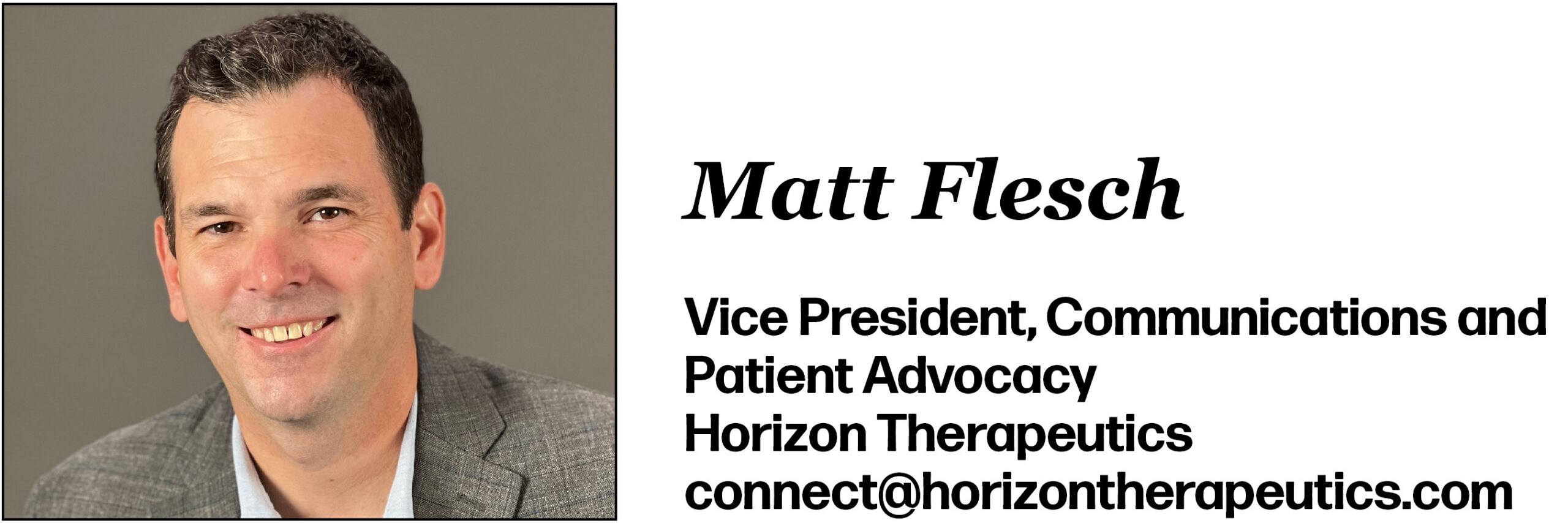 At Horizon, we recognize the urgency in addressing rare and autoimmune diseases and our advocacy approach is guided by the needs of the community. We listen and seek input, collaborate, and support programs that address the most critical needs to deeply impact each community. For many at Horizon, the work we do is personal and our approach to addressing patient needs is collective across the entire organization.
At Horizon, we recognize the urgency in addressing rare and autoimmune diseases and our advocacy approach is guided by the needs of the community. We listen and seek input, collaborate, and support programs that address the most critical needs to deeply impact each community. For many at Horizon, the work we do is personal and our approach to addressing patient needs is collective across the entire organization.
In this year’s PatientView survey results, Horizon was ranked first in patient centricity, integrity, ease of relations, and transparency in pricing by patient groups who worked with us around the world. The survey is distributed to more than 2,200 patient groups evaluating more than 40 biotechnology and pharmaceutical companies. It’s one thing for a rare disease organization to say they’re supporting the community, but it means so much more when the community has a voice in sharing that perspective.
Using Storytelling to Elevate Rare Disease Conversations
Our support extends beyond the disease states in which we research and have products to treat. More than 350 million people worldwide are impacted by a rare disease. Our #RAREis program is rare disease-agnostic and is elevating the conversation of rare diseases globally through storytelling. Programs such as our #RAREis Adoption Fund, #RAREis Global Advocate Grant, and #RAREis Scholarship Fund allow us to address areas of inequity in the rare disease community and make a significant lasting impact.
We are constantly evolving our approach to best meet the needs of patient communities and this approach of listening and learning allows us to stay nimble and shift course when needed.
 Approaching rare disease advocacy with an open mind, verses a pre-set agenda is key. In many cases, particularly with ultra-rare disease, advocacy groups are smaller, more organic in form and function, and often started by a parent or individual inspired by living with or caring for someone with the disease. This requires a different approach than companies might use when approaching a large advocacy organization. The tone and tenor established at the outset can help set the stage for a successful long-term partnership.
Approaching rare disease advocacy with an open mind, verses a pre-set agenda is key. In many cases, particularly with ultra-rare disease, advocacy groups are smaller, more organic in form and function, and often started by a parent or individual inspired by living with or caring for someone with the disease. This requires a different approach than companies might use when approaching a large advocacy organization. The tone and tenor established at the outset can help set the stage for a successful long-term partnership.
Typically, companies will be working with individuals who have strong personal connections to the disease. It’s critical to listen to their needs and partner with them to identify and design initiatives that meet their needs as well as the needs of the brand. The most successful engagements are mutually beneficial in a meaningful way to both parties.
What Pharma Must Recognize
Rare disease groups are becoming increasingly savvy in dealing with pharma clients. They know their value—both in terms of their patient databases and the authenticity and trust they have with the communities they serve. It’s important to acknowledge and respect what they bring to the table, and not treat the relationship as a one-way transaction.
Lastly, it’s impossible to overstate the importance of leveraging online communities and social media when designing strategies for reaching rare disease patients. Brand leads need to do their due diligence to understand the types of engagements their company can support and the guardrails, particularly when engaging with a community that relies on social media as a primary platform for communication. The goal is to be as flexible as possible when formalizing an engagement, while also avoiding issues with legal and regulatory compliance.
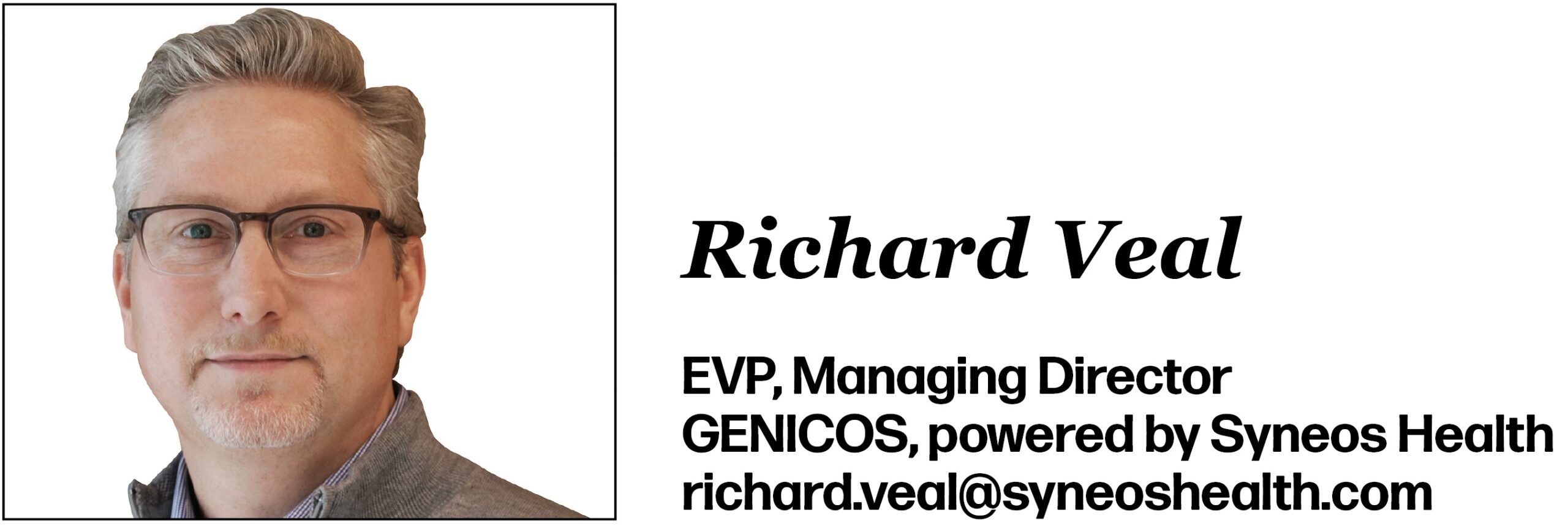 Three keys to building trusting and mutually beneficial partnerships with rare disease communities or advocacy groups are:
Three keys to building trusting and mutually beneficial partnerships with rare disease communities or advocacy groups are:
1) Prepare to meet rare disease patients and advocacy groups where they are today, regardless of any pre-conceived industry (brand) notions or expectations of how best to support this community.
2) Recognize that the paucity of patients, disease information, and overall community development for any specific rare disease creates a natural void in resources; come prepared to invest heavily.
3) Foster and fund community building above all else. Rare and ultra-rare disease patients often don’t have access to peer groups and disease experts who can quickly and appropriately share real-world experiences on navigating a devastating diagnosis; the need to belong and be part of a larger collective is one of the most basic needs of people as social animals. Patients and advocacy groups can especially use help with using technology to overcome geographic distance challenges to build thriving communities.
The Biggest Surprise in the Rare Disease Space
Our biggest surprise remains how challenging it can be for the non-academic, non-rare disease specialist HCP to accurately diagnosis a rare or ultra-rare disease. While genotyping and next-generation sequencing (NGS) continue to gain adoption, these technologies are far from ubiquitous. The psychological, emotional, and physical toll from months and years of under- or misdiagnosis does lifelong damage for what could be an addressable rare disease case. This is also why it is important for brands not to have any access challenges get in the way of patients receiving their treatment once they are identified.
 One of the most challenging aspects of working in rare diseases is that in many cases, none of the symptoms that patients experience point directly to the condition they actually have—not even close. Peripheral neuropathy, gastrointestinal upset, skin rashes, cardiac arrhythmias: are all much more likely to be caused by more common issues than an underlying rare disease. It’s really how these different aspects of disease interact, and evolve over time, that paint the full picture of the patient’s experience and make clear what’s actually going on, ruling out other more common diagnoses along the way. However, it’s very hard to isolate or articulate these complex patterns, especially when focused on a single patient.
One of the most challenging aspects of working in rare diseases is that in many cases, none of the symptoms that patients experience point directly to the condition they actually have—not even close. Peripheral neuropathy, gastrointestinal upset, skin rashes, cardiac arrhythmias: are all much more likely to be caused by more common issues than an underlying rare disease. It’s really how these different aspects of disease interact, and evolve over time, that paint the full picture of the patient’s experience and make clear what’s actually going on, ruling out other more common diagnoses along the way. However, it’s very hard to isolate or articulate these complex patterns, especially when focused on a single patient.
Combining AI and Direct Patient Feedback
One solution is to look at real-world patient data and use AI to find these subtle effects, including those that aren’t on the radar, to reach correct diagnoses faster. For example, we generate digital phenotypic profiles based on known patients’ experiences and use them to understand others’ journeys proactively. But a critical step in this process is confirming that the patterning information AI isolates makes sense to providers and patients.
This can be uniquely challenging in rare disease because in many cases patients are isolated from one another—especially before they reach a diagnosis—and there are gaps between what they’re actually experiencing and where their physicians are focusing. In these cases, we ask patients what they wish their providers paid more attention to—for example, the relationship between the physical symptoms they experience and their mental health. Using this input to refine digital phenotypes is crucial to building credibility with patients, and to bridging the gap between what we can learn at the population level and how we apply that knowledge for the individual.






